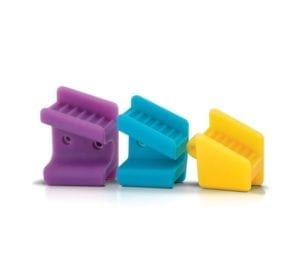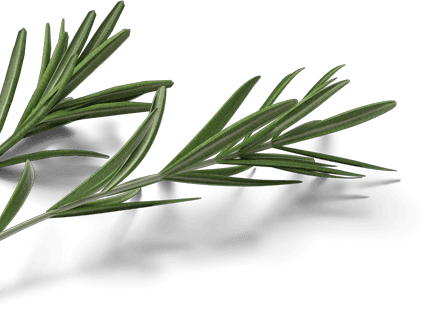My pediatric dentist asked me to sign something saying whether or not I was okay with restraints. That freaked me out. When would you need to use restraints on a child?
Carol
Dear Carol,
I can understand how frightening that can sound to a parent. I’m pretty sure you’re picturing something completely different than what it actually is. There are two types of restraints typically used with children when it comes to dental care. The first is a mouth prop (pictured below).

Three Different Sized pediatric Mouth Props
A colleague of mine told me a story of when he did his pediatric rotation during dental school. They were doing a filling on a child, but didn’t use any type of mouth restraint. While drilling the child bit down causing the drill to go through to the pulp of the tooth. Then, the poor kid went from needing a simple filling to a pulpotomy. This is a child’s version of a root canal treatment. Had they used a prop, that would never have happened.
When Is a Pediatric Papoose Board Helpful?
A dentist, who is good at working with children, can almost always get a child to cooperate without any problem. However, there are occasions a child is so frightened they’re thrashing about making it impossible for the dentist to treat them. When this happens, especially in the cases of dental emergencies, a papoose board can be a life-saver for children.
The material is soft but holds them tightly so they feel like they’re getting a giant hug. Often, just being placed in the papoose calms them down immediately, allowing the dentist to do the necessary procedures.
This is likely what your dentist is asking about when it comes to restraints. The best dentists always work in cooperation with the parents in order to give the best care possible to their children.
I hope this puts your mind at rest. Always remember, though, you’re the mom. Follow your instincts. If something feels off to you, go somewhere else. Though, my guess is in most cases the restraints, like those above, are only used when necessary.
This blog is brought to you by Decatur, AL Dentists Drs. Drake and Wallace.





